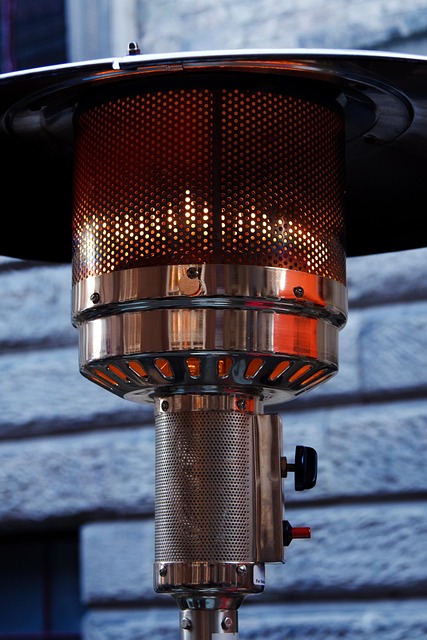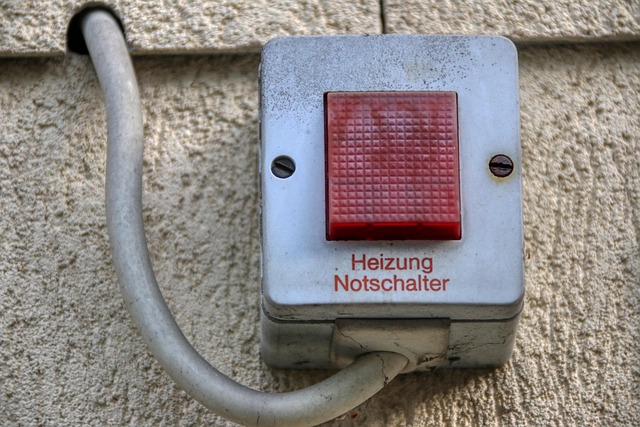Commercial air curtains are vital for food safety and operational efficiency in service environments, controlling climate separation to prevent outdoor air from impacting interior temperature and humidity. Heated air curtains enhance HVAC efficiency and save energy costs. Stainless steel construction offers hygiene, energy efficiency, and cost savings, ensuring cleaner environments and longevity even in high-traffic areas. Choosing the right model focuses on optimal climate separation, energy-saving technology, curtain durability, and effective sealing. Strategic installation at entry points maintains optimal interior conditions and HVAC efficiency, with regular maintenance crucial for effectiveness and energy savings. Future advancements aim for enhanced energy efficiency.
“Elevate your food service experience with the power of stainless steel commercial air curtains—an innovative solution for maintaining hygiene and energy efficiency. This comprehensive guide explores their pivotal role in creating safe, comfortable dining environments. From enhancing food safety to improving airflow management, these curtains are game-changers. We delve into the benefits of stainless steel, crucial features to consider, and installation insights. Get ready to discover how commercial air curtains can transform your space.”
- Understanding Commercial Air Curtains: Their Role in Food Service
- Benefits of Stainless Steel in Food Service Environments
- Key Features and Considerations for Choosing the Right Model
- Installation, Maintenance, and Future Trends in Commercial Air Curtains
Understanding Commercial Air Curtains: Their Role in Food Service

Commercial air curtains play a pivotal role in maintaining food safety and enhancing operational efficiency within service environments. These innovative entrance air barriers are designed to control climate separation at commercial entrances, preventing contaminated outdoor air from entering and potentially harming customers or staff. By acting as door air curtains, they create a protective barrier, ensuring that the interior space remains at the desired temperature and humidity levels, which is crucial for food preservation and HVAC efficiency.
In today’s competitive food service industry, where customer experience and health standards are paramount, commercial air curtains offer an energy-saving technology solution. Heated air curtains, for instance, not only prevent cold drafts but also reduce the need for excessive heating or cooling, contributing to significant cost savings. Their use in retail door systems, warehouse entrances, and even industrial air barriers demonstrates their versatility, making them indispensable in various settings where maintaining a clean and controlled environment is essential, from food preparation areas to high-traffic customer entry points.
Benefits of Stainless Steel in Food Service Environments

In food service environments, choosing the right materials for equipment can significantly impact hygiene, energy efficiency, and overall operational costs. Stainless steel stands out as a superior option for commercial air curtains, offering numerous benefits tailored to the demanding needs of restaurants, cafes, and other food establishments. Its seamless, non-porous surface prevents bacteria and dirt buildup, ensuring a cleaner environment crucial for maintaining food safety standards.
Moreover, stainless steel commercial air curtains, including entrance air barriers and heated door air curtains, provide effective climate separation at commercial entrances, retail door systems, and warehouse entrances. This energy-saving technology contributes to improved HVAC efficiency by controlling the flow of outside air, thereby reducing utility bills. Their durable nature ensures longevity even in high-traffic areas, making them a practical and cost-effective solution for maintaining optimal conditions within food service spaces.
Key Features and Considerations for Choosing the Right Model

Choosing the right commercial air curtain for food service environments involves considering several key features. Firstly, look for models that offer optimal climate separation, ensuring fresh indoor air and preventing contaminated outdoor air from entering. This is crucial for maintaining hygiene standards, especially in food preparation areas. Secondly, energy-saving technology should be a top priority; heated air curtains, for instance, can significantly enhance HVAC efficiency at commercial entrances, warehouse entries, or retail door systems.
Other important aspects include the curtain’s durability and material, particularly in demanding environments. Stainless steel construction is highly recommended due to its resistance to corrosion and easy cleaning, which is vital for food service establishments. Additionally, consider the air curtain’s dimensions and airflow capacity to ensure it effectively seals off entrance points, providing both comfort and energy conservation benefits.
Installation, Maintenance, and Future Trends in Commercial Air Curtains

The installation process of commercial air curtains involves strategic placement at points of entry and exit in food service establishments. These entrance air barriers create a climate separation, ensuring the interior remains free from external elements and maintaining optimal HVAC efficiency. Proper maintenance is key to keeping these systems effective and energy-saving technology operational; regular cleaning, inspections, and replacement of filters are essential tasks.
As the future unfolds, we can anticipate advancements in commercial air curtain technology, focusing on enhanced industrial air barriers with heated air curtains for increased comfort. Retail door systems and warehouse entrances may benefit from innovative designs, integrating advanced energy-saving features to reduce operational costs. This evolution aligns with the growing demand for sustainable solutions, ensuring commercial spaces remain welcoming while optimizing climate control and HVAC performance.
Commercial air curtains, especially those constructed from stainless steel, are indispensable tools in food service environments. By understanding their role in maintaining hygiene and energy efficiency, businesses can make informed choices when selecting the right model. Stainless steel offers durability and easy maintenance, ensuring these curtains stand up to the demanding conditions of food service operations. With proper installation and regular upkeep, commercial air curtains can significantly enhance operational flow and customer experience while contributing to cost savings in the long run. As technology advances, we can expect further innovations in design and functionality, making these curtains an ever-more integral part of the modern food service landscape.






